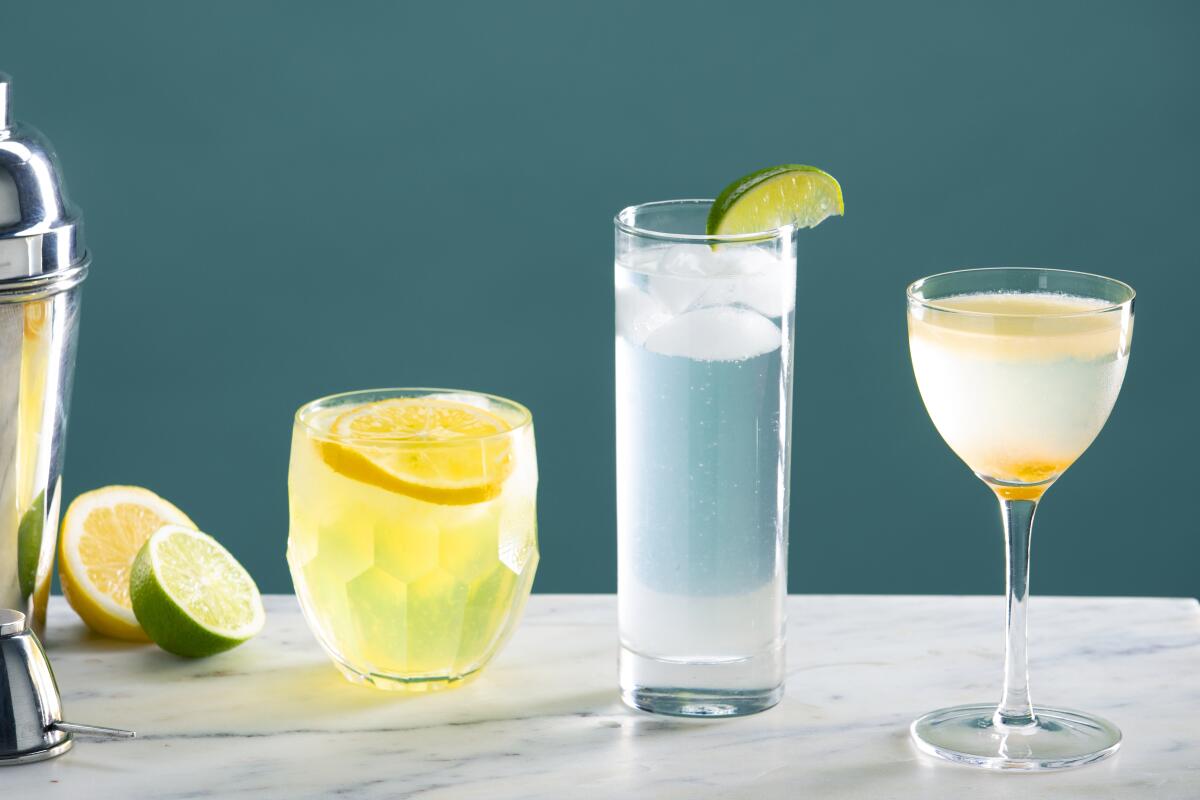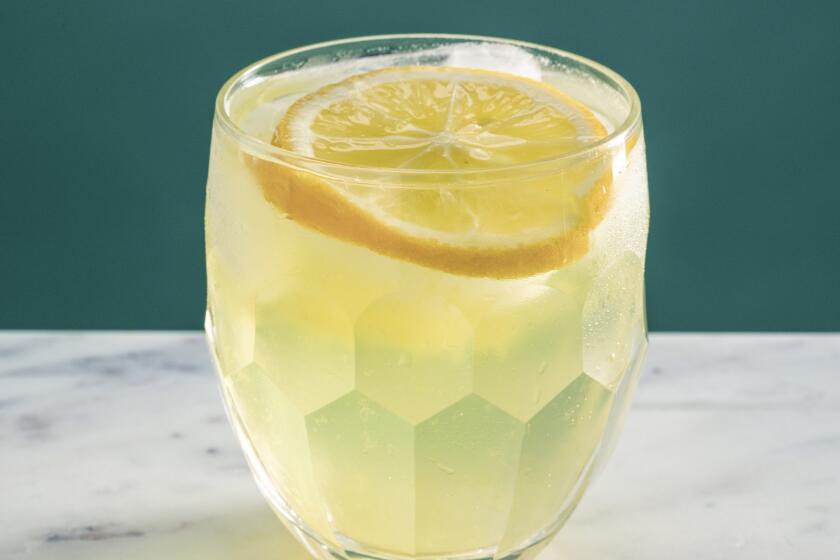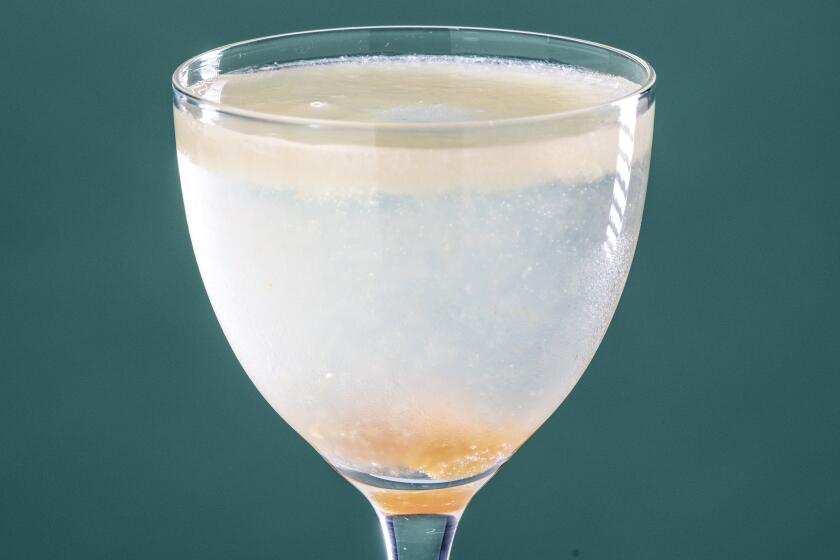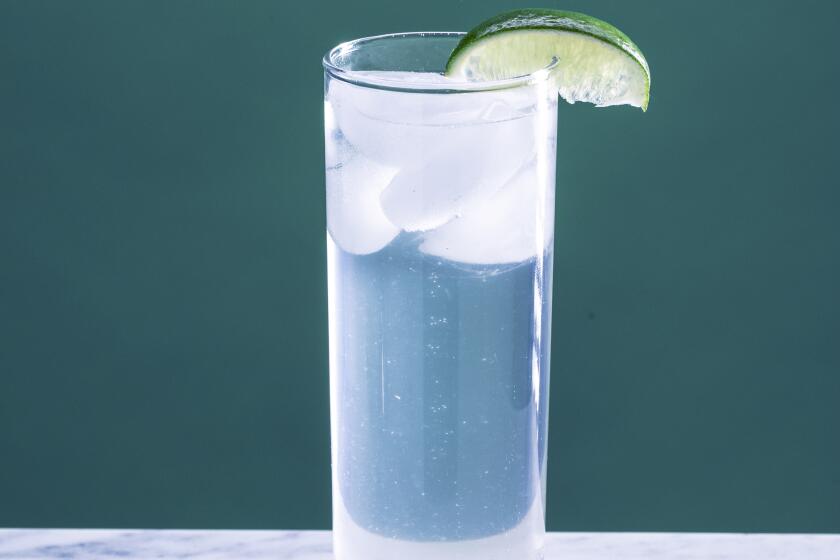Make the best gin and tonics with these 3 recipes

With its short, to-the-point ingredient list, the gin and tonic is an exercise in minimalist bartending. The ingredients for — and method of making — the crisp, bright and bitter-leaning drink lie directly in its name. Poured over ice, the bubbly combination makes a refreshing and quick-to-pour cocktail. And yet, a good drink is only as good as the sum of its parts, and when a drink’s ingredient list is two ingredients long, it pays to choose wisely.
Start with the gin. The bottle you choose and the flavor profiles within it have a profound effect on your final drink. You can make a G&T with any gin you love and/or have on your bar, but if you’re looking to pour a traditional take, reach for juniper-forward, boldly aromatic London Dry gins. To be classified as London Dry, no flavorings or botanicals can be added after the distillation process. Despite the moniker, London Dry gins can be made anywhere in the world — the name refers to the style rather than the location where the gin is made. If you prefer a less assertively juniper-forward G&T, Plymouth-style gin is softer and more floral. Or branch out into craft bottles such as Amass Dry Gin or Future Gin, both distilled in Los Angeles.
For the tonic, to maintain a balanced drink that doesn’t tip overly sweet, reach for a quality dry tonic — such as Fever-Tree or Q tonic. If employing a sweeter-leaning tonic, keep the drink from becoming saccharine by swapping some of the tonic with seltzer or club soda. No matter the tonic you choose, make sure it’s cold. The low temperature helps carbonation last longer, thus keeping your G&T lively and bright the whole drink through. (Speaking of keeping things chilled, choose ice cubes that are large enough to melt slowly; the drink will remain cold but not dilute too quickly.)
Once you have chosen the basics, you may want to consider your stance on the gin and tonic’s optional-to-some, necessary-to-others third ingredient: fresh lime. If you’re opting to add it, slice the citrus into wedges and either squeeze one directly into the glass or drop it in unsqueezed for a slightly less potent hit of flavor. If you prefer to garnish with something other than lime, opt to mirror the botanicals in your chosen gin. Lemon, grapefruit, cucumber or herbs such as mint, rosemary, basil or thyme can all provide complementary layers of aromatics and flavor.
Finally, ingredients firmly in hand, mix your drink. The G&T’s traditional measure — 1 part gin, 3 parts dry tonic — is a great place to start, and you can then let personal preference take over. Fill your glass with ice, add gin followed by tonic, or, if you want the drink to fully mix itself, pour in half the tonic, add the gin and finish with the remaining tonic.
Once you’ve mastered the classic, play with the form. An XLG&T (Extra Lime Gin & Tonic) lands in the lime-as-necessity G&T camp, served in the traditional glass of choice: the Collins. The G&T&S (Gin & Tonic & Suze) includes a bright yellow hit of gentian-based Suze doubling down on the drink’s inherently bitter edges. The G&T&J (Gin & Tonic & Jam) taps into your morning toast’s jar of apricot jam.
Whichever form your next G&T takes — from minimalist classic to jammy nouveau — thoughtful attention to detail provides a low-effort, high-reward upgrade.
Get the recipes:
G&T&S (Gin & Tonic & Suze)
G&T&J (Gin & Tonic & Jam)
XLG&T (Extra Lime Gin & Tonic)
More to Read
Eat your way across L.A.
Get our weekly Tasting Notes newsletter for reviews, news and more.
You may occasionally receive promotional content from the Los Angeles Times.













